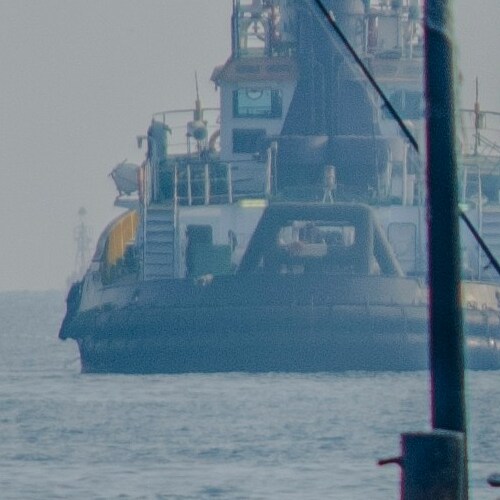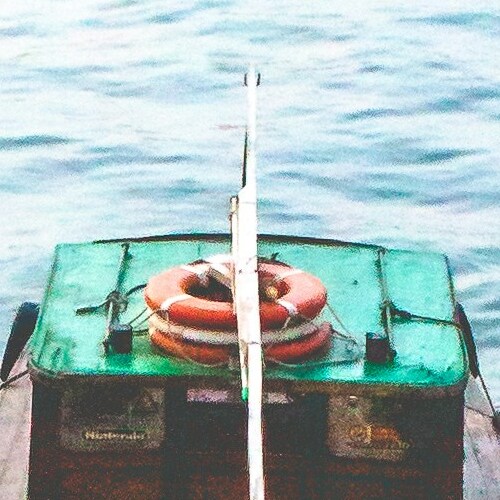Melting Pot
The History of Port Said
Port Said, a city of pivotal historical and cultural significance in Egypt, has a rich and diverse past that has shaped its unique identity. Here’s a comprehensive look at the history of this important port city:
- Foundation and Early Development
- Founded on April 25, 1859, by Sa’id of Egypt, marking the start of the Suez Canal construction.
- Ferdinand de Lesseps initiated the construction, symbolized by the first swing of the pickaxe.
- The city initially faced challenges like anchoring difficulties for ships, resolved by a nearby rocky outcrop.
- Architectural Evolution
- Early on, resources for construction were scarce; everything had to be imported.
- Buildings were often made of wood or imported in kit form due to a lack of local stone.
- Innovative construction techniques were used, including conglomerate concrete for jetties and the lighthouse, the latter being the only original building still standing.
- Population Growth and Diversity
- The population grew rapidly, from 150 laborers in 1859 to 10,000 by 1869 when the canal opened.
- Port Said became a cosmopolitan city, housing various nationalities and religions, particularly from Mediterranean countries.
- Geographical and Urban Development
- Initially, the European and Arab districts were separated by a strip of sandy beach, which later developed into a unified urban space.
- By the early 20th century, the city had expanded significantly, facilitated by the cotton export trade and railway connection to Cairo.
- Cultural Melting Pot
- The city was a bustling international port with a multi-national population, including Jewish merchants, Greek photographers, Italian architects, and more.
- Multilingualism was common, with French being the lingua franca among Europeans and non-Arabs.
- Historical Events and Changes
- Port Said played a significant role in Egyptian history, notably during the British occupation and the Suez Crisis.
- The city was at the forefront of major political and military events, including the nationalization of the Suez Canal by President Nasser in 1956.
- Modern Developments
- Post-Suez Crisis, the European community largely emigrated, and the city faced challenges during the Arab-Israeli wars.
- After the reopening of the Suez Canal in 1975, Port Said was re-inhabited and declared a duty-free port, leading to a resurgence in its economy and population.
Port Said’s history is a tapestry of construction triumphs, multicultural coexistence, architectural marvels, and significant geopolitical events. From its inception during the Suez Canal construction to its evolution into a bustling, diverse metropolis, Port Said has remained a crucial gateway between Egypt and the world, embodying a unique blend of cultures, languages, and histories.
Created On March 18, 2020
Updated On Aug , 2024
PORT SAID Travel Guide



